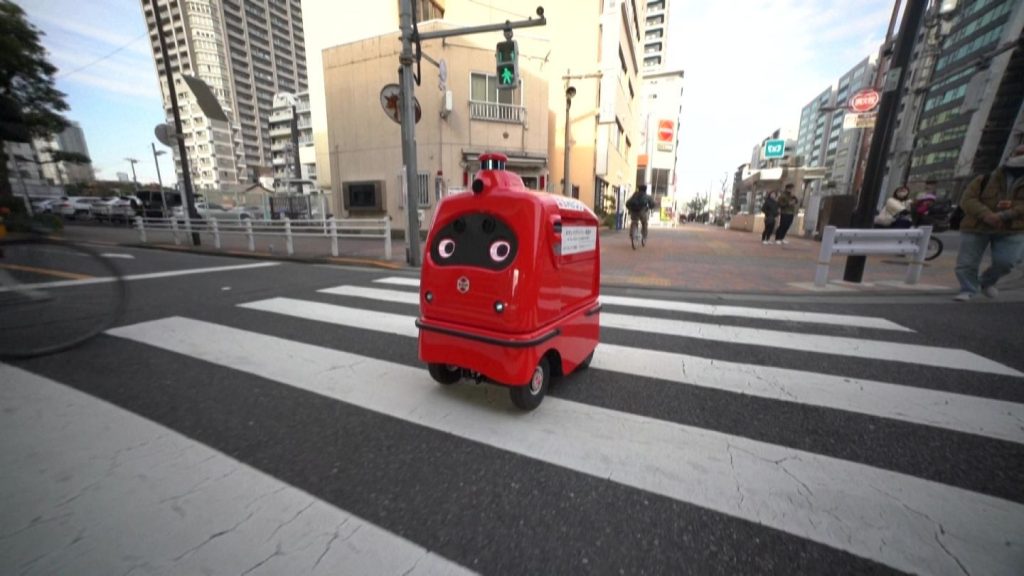Amid problems of labor shortages and rural isolation, Japan is relaxing its traffic laws to allow autonomous delivery robots to take over the streets. Japan has one of the oldest populations in the world, with nearly 30 percent of its citizens over the age of 65. Many live in isolated rural areas with no easy access to daily necessities. Labor shortages in its cities and new rules limiting overtime for truckers also make it difficult for businesses to meet delivery demands.
The Japanese government has recently announced its plan to allow autonomous delivery robots to operate on its streets in an effort to address the country’s labor shortages. This decision reflects the country’s ongoing efforts to embrace technological innovation and explore new ways to solve societal challenges.
“The labor shortage in transportation will be a challenge in the future,” said Dai Fujikawa, an engineer at electronics giant Panasonic, which is testing delivery robots in Tokyo and nearby Fujisawa.
The use of self-driving delivery robots could significantly enhance efficiency and convenience, especially in the delivery industry. As the number of elderly citizens continues to grow in Japan, autonomous delivery robots could provide a solution to the problem of delivering goods to those who cannot go outside easily. Moreover, they could improve delivery time and reduce traffic congestion in crowded areas.
The initiative is expected to promote technological development, as companies that are already working on autonomous vehicles will have a chance to showcase their technology. This will spur competition and encourage further research and development in the field, creating new jobs and opportunities in the industry.
However, there are some concerns about the introduction of self-driving delivery robots. Safety is a significant concern, as robots must be able to navigate through the streets and avoid obstacles in a safe and efficient manner. Moreover, there is a risk that robots could replace human workers, leading to job losses and potentially social issues.
To address these concerns, the government will set up a regulatory framework to ensure the safe and responsible operation of autonomous delivery robots. This will include testing and certification procedures to ensure that the robots meet safety standards and comply with relevant laws and regulations.
In conclusion, Japan’s decision to allow autonomous delivery robots on its streets is a significant step forward in the country’s embrace of technological innovation. While there are concerns about safety and potential job losses, the initiative is expected to improve efficiency, promote technological development, and ultimately benefit society as a whole.

